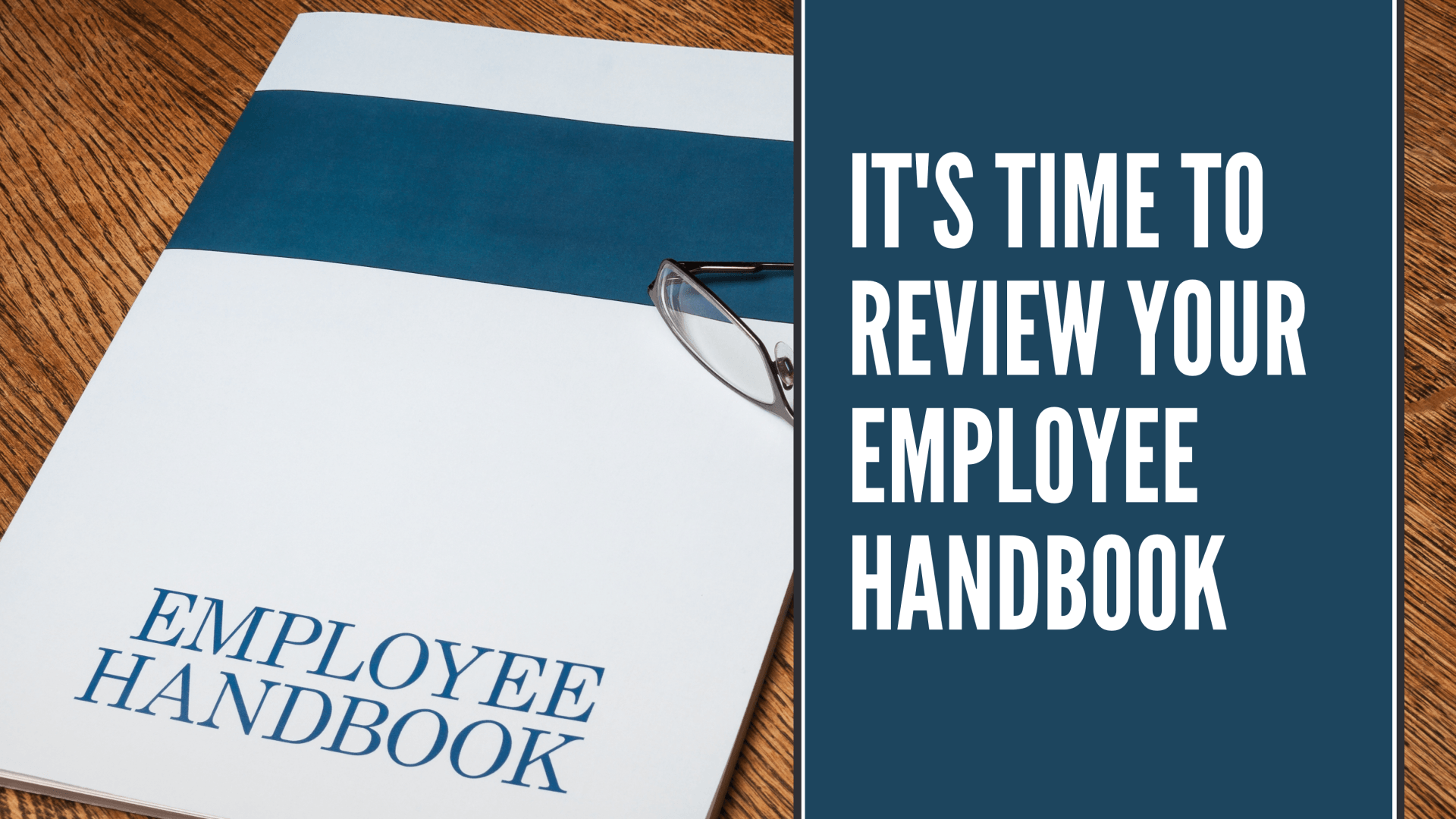
One of the areas within Human Resources that I am most passionate about is the Employee Handbook. Often underestimated, an employee handbook is the “Bible” of both corporate policies and company culture. As employees, we look to the handbook to provide us with clear expectations of behavior, as well as legal policies and our rights as an employee. But as the employer, we are creating these policies as a way to protect our business from lawsuits and charges of discrimination, wrongful termination, or sexual harassment. When the expectations are clearly defined and reinforced, the rules are easy to follow. In this article, I’ll go over some key sections that should be included in every Employee Handbook.
Communicating Culture, Mission and Values
An overall theme communicated in the employee handbook centers on company culture, mission, and values. Even at the most basic level, it answers the following questions: “Will I fit in as a new employee?”; “Are the values of the company in line with my own?”; and “Will my contributions make a difference to the success of the company?” A new employee wants to feel a sense of belonging and purpose, and a clearly defined mission and value statement, as well as a positive culture which is nurtured to support it, will help an employee grow and develop a sense of ownership and pride in the company they work for.
Employee Conduct
As a person responsible for writing handbooks, it’s my job to clearly communicate to employees what the employer expects of them, not only during the workweek, but also as a representative of the company in their off-time. Employee conduct is a critical component in businesses today. It requires a company to create a structure of what happens when an employee fails to meet company expectations. Important policies, such as standards of conduct, ethics, sexual harassment, non-discrimination, bullying in the workplace, dress code, excessive absences or tardiness, are just a few of the important areas an employee handbook covers to explain employee expectations. Disregarding these policies can subject employees to disciplinary action or termination of employment. An employee handbook that clearly outlines these expectations provides employees with clear guidance as to how to properly conduct themselves in the workplace.
Define Expectations
It’s important for an employee handbook to clearly define expectations of employees, as well as expectations of management (i.e., supervisors, department managers, or company leadership). All parts of management should be on the same page when it comes to treating employees equally while appropriately reinforcing policies across all departments. Employees must know who to go to when they have questions about how to perform their job duties (your supervisor), where to find out about Family Medical Leave (Human Resources), or who to talk to when they see a workplace violation (Risk Management/Safety). A strong employer-employee relationship is one key to a positive working environment.
Benefits
Post-Covid, employees are looking for jobs that offer flexibility and benefits. An employee handbook will tell employees who’s eligible to take advantage of company benefits, such as paid time off/vacation, sick time, health insurance, vision and/or dental insurance, or 401(k) contributions or matching. Benefits are important in attracting and retaining employees, so it’s important to introduce these benefits during the interview, and reinforce them in the employee handbook as a reference, when needed.
Compliance
Every employer is required to comply with federal and state employment laws. Regardless of what state the business resides in, it will need to be in compliance with these laws. The employee handbook should clearly communicate what is required in your state, and employees should be aware of their rights under these laws. Disability leave laws, Paid Family Leave, New York Paid Sick/Safe Leave, and other required laws must be included in your employee handbook. As the laws are updated, so too should be the handbook.
Not all employers realize the importance and the value of a handbook (the most popular comment being “Why do I need one?”) until there’s an issue, such as a lawsuit, brought about by a current or former employee. While this list is nowhere near exhaustive, employers must be able to provide their attorney with a copy of the current employee handbook which clearly defines the following:
- All time off policies;
- What happens to accrued time off upon termination;
- All policies required under federal and state guidelines;
- Who an employee can turn to for questions;
- How to properly report complaints; and
- Where employees have signed off that they have read and understand all the policies in the handbook.
If your company does not have an employee handbook, you could find yourself liable for damages if you are ever taken to court for wrongful termination claims, sexual harassment claims, code of conduct violations, workplace violations, or not following state and federal mandates, etc. A company can easily open themselves up to liability risks for not having clearly documented workplace and benefit practices.
Annual Review
An employee handbook is the blueprint that all employers and employees have to follow in order to maintain a positive, professional work environment. Employee handbooks should be reviewed yearly to make sure that all employment policies are current and in compliance with state and federal laws. When policies are clear and implemented equitably, it ensures that both employees and management are treated with respect in a harassment- and discrimination-free way. If you find your company is having issues in certain areas, then it’s time to revisit and reinforce your handbook policies. If you do not have an employee handbook yet, then it is time to create one! If you have any questions about the process, call Simco.
Sources:
https://www.insperity.com/blog/why-are-employee-handbooks-important/
https://www.thebalancecareers.com/what-does-an-employee-handbook-do-for-you-1918123
Sign up for our newsletter.




